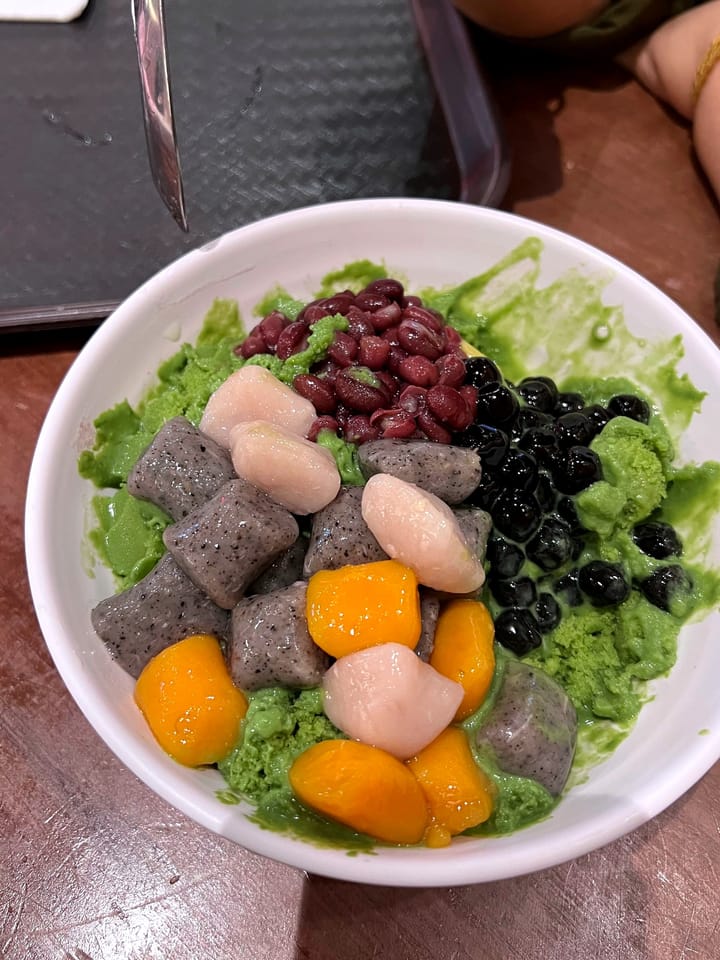The Strict and Mindful Way of Animal Slaughter in Islam

Due to the rise of veganism, slaughtering of animals no matter the context has been painted in a bad light. While some vegan activists call for the outright ban on slaughter, other vegan groups or allies may seek an ethical or more mindful alternative to consider the lives of marginalised groups, those with limited resources, or those with specific health conditions. The discussion on the alternative has been around ethically raised animal, grass-fed, and quick death. This sounds just like the Islamic way that has provided guidance on mindful and strict animal slaughter since more than 1400 years ago.
This is not to defend the cruel practices in factory farms. In fact, the teachings in Islam (and most likely other religions) do not condone unethical practices as depicted in industrial farms built to satisfy the demand of consumerism and capitalism. In Islam, there are strict guidelines throughout the process from raising (permissible) animals to slaughtering them for food. These rulings are derived from the Quran, Hadith (teachings of the Prophet Muhammad ﷺ), and Islamic jurisprudence.
The Good (Tayyib) Practice of Animals Raised for Slaughter
In Islamic teachings, the concept of Tayyib (meaning good, pure, or wholesome) goes beyond lawful (halal) in food production, extending to ethical and humane treatment of animals throughout their lives. For animals raised for slaughter, the following guidelines embody good practice, reflecting the principles of kindness, sustainability, and care.
1. Humane Treatment Throughout Life
- Care and Compassion: Animals must be treated with dignity, kindness, and respect from birth until their end. Cruelty, neglect, or overworking animals are against Islamic principles. The Prophet Muhammad (peace be upon him) strongly emphasized mercy to animals, with numerous hadiths about treating animals with care.
- Adequate Shelter and Comfort: Animals should be provided with clean, safe, and spacious living environments. Their habitats must be appropriate for their physical and behavioral needs, allowing for natural behaviors such as grazing, resting, and movement.
2. Proper Feeding and Hydration
- Nutritious Diet: Providing animals with a healthy, nutritious diet is essential. Islam mandates that animals not be starved or denied water. Their diet must be free from harmful substances.
- Access to Clean Water: Animals must always have access to clean and sufficient water. Depriving them of water or letting them suffer from thirst is considered a sinful act in Islam.
3. Health and Veterinary Care
- Preventive and Curative Care: Ensuring the health of animals is crucial. Animals should have regular access to veterinary care to treat illness and injury and prevent suffering. Sick or injured animals should be cared for without delay.
- Non-Overworking: Overburdening animals with excessive labor or forcing them to work when they are sick or injured is prohibited in Islam. Animals should be given adequate rest and recovery time.
4. Avoiding Unnecessary Suffering
- Mercy in Handling: Animals should be handled with gentleness. The Prophet ﷺ discouraged hitting animals or causing them any unnecessary distress.
- Avoiding Fear and Stress: Animals should not be exposed to frightening or stressful conditions, including being kept in unsanitary or overcrowded environment.
5. Ethical Breeding and Sustainability
- Sustainable Practices: Ethical breeding practices should be observed to ensure the welfare of the animals and avoid unnecessary exploitation. Overbreeding, which leads to the exhaustion or suffering of animals, goes against Islamic ethics.
- Environmental Care: Tayyib practices in animal husbandry also involve caring for the environment by ensuring that animals are raised in ways that are environmentally sustainable.
What many Muslims forget is that “halal food” isn’t just about saying Bismillah upon slaughtering. It is also the thoughtful care from the birth of the animal til its death. I’d argue that animal factory farms today, even those labelled “halal”, do not comply to Islamic rulings at all. The “tayyib” part in animal care — treating animals with compassion and providing them a life of dignity — has been missing in today’s practice. As such, Muslims need to stand up against animal injustice in such farms and demand for better treatment of animals.
The Strict Rulings of Animal Slaughter in Islam
Below are a list of rules pre-, during, and post-slaughtering of animals raised for food. You may find the list of sources at the end of this article.
Pre-Slaughter Rulings
- Intention (Niyyah):
- The person performing the slaughter must have the intention (niyyah) of doing it in the name of Allah and for lawful consumption.
- Animal’s Condition:
- The animal must be healthy and free from any significant injury or disease that would render it unfit for consumption.
- The animal must belong to a permissible (halal) category, such as cattle, sheep, goats, camels, chickens, etc. Forbidden animals like pigs cannot be slaughtered for consumption.
- Age and Development:
- The animal should be of an appropriate age and development to be slaughtered. For example, very young animals that cannot survive without their mother’s milk should not be slaughtered.
- Well-Treatment of Animals:
- Animals should be treated with kindness and care before slaughter. They should be given food, water, and rest.
- The animal should not witness the slaughter of other animals to prevent unnecessary stress or fear.
- Animals must be handled gently, without violence or abuse, according to the Sunnah (example of the Prophet).
- Tools for Slaughter:
- The knife used for slaughtering must be sharp to ensure a swift and clean cut. The sharper the knife, the more humane and less painful the process.
During Slaughter Rulings
- Invocation of Allah’s Name:
- The person performing the slaughter must invoke the name of Allah (Bismillah Allahu Akbar) before making the cut. This is a key requirement, as it signifies that the animal is being sacrificed in the name of God.
- Cutting the Proper Vessels:
- The cut should be made on the animal's neck, ensuring that the following key structures are severed:
- Trachea (windpipe)
- Esophagus (food pipe)
- Two carotid arteries and jugular veins
- Cutting these ensures rapid blood loss, leading to a quick and humane death.
- The spinal cord must not be cut during the process to ensure the animal dies due to blood loss and not from spinal injury or shock.
- The cut should be made on the animal's neck, ensuring that the following key structures are severed:
- Positioning the Animal: The animal should be laid on its side, preferably facing the Qiblah (the direction of the Kaaba in Mecca) as a sign of respect and adherence to Islamic tradition.
- Swift and Humane Process: The slaughter should be done swiftly and without unnecessary delay to minimize the suffering of the animal. It should not be prolonged or done carelessly.
- Complete Drainage of Blood: The blood must be allowed to drain completely from the animal’s body as consuming blood is prohibited in Islam. The slaughtered animal must not be eaten if it dies before the blood fully drains out.
- Avoiding Mutilation: The animal should not be mutilated in any way before death. Any additional harm or disfigurement before the animal dies is strictly forbidden.
Post-Slaughter Considerations
- The animal should be given enough time to die before processing the meat.
- Meat from animals that are improperly slaughtered, or if the required prayers were not said, is considered haram (forbidden) and cannot be consumed by Muslims.
Additional Guidelines for Specific Situations:
- Hunting: If the animal is hunted, the same invocation ("Bismillah") should be recited before the weapon (such as an arrow or spear) is released. The prey must not die before it is properly slaughtered.
- Mechanical Slaughter: Some modern scholars allow mechanical slaughter under the condition that the person operating the machine says "Bismillah" before each batch and ensures the humane and swift process of cutting.
Conclusion
These guidelines ensure that the slaughter of animals is conducted with respect, compassion, and adherence to Islamic law, reflecting the principles of mercy, kindness, and consciousness in all actions, even in the process of acquiring food.
In today’s world of overconsumption, it is necessary for us to collectively learn to consume less. Simply put, one should learn the ways of the Prophet ﷺ who was mindful of his consumption. He rarely ate meat and consumed what was local and available at that time. In fact, scholars like Shaykh Hamza Yusuf have suggested that the Prophet ﷺ and his companions were semi-vegetarian.
And remember…
Neither their meat nor blood reaches Allah. Rather, it is your piety that reaches Him. [Quran 22:37]




Comments ()